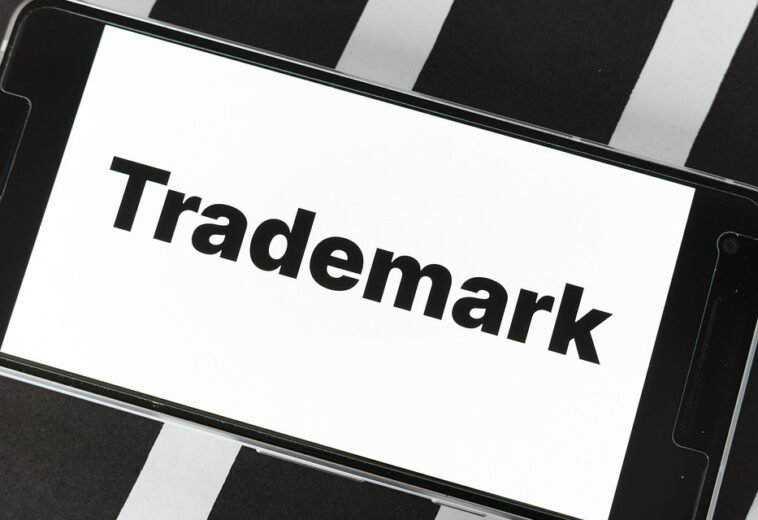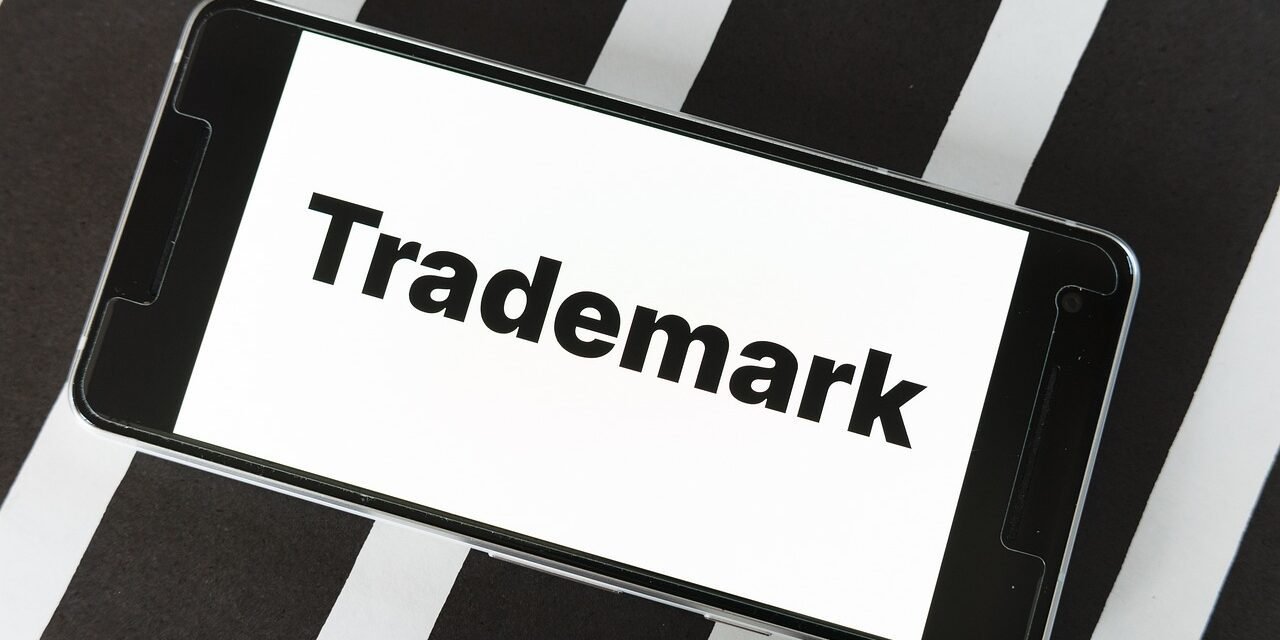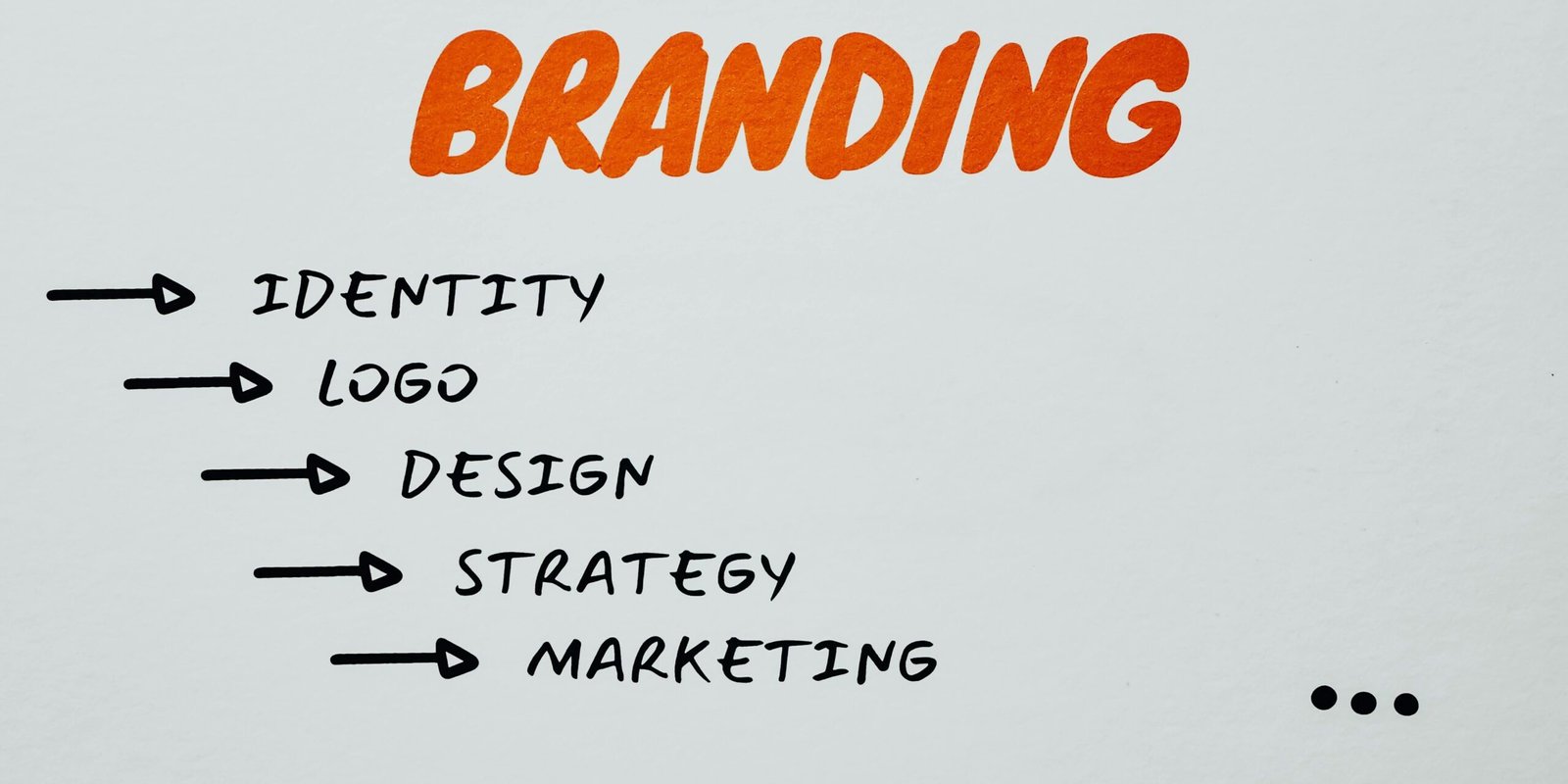Why Brand Protection is Important: Safeguarding Your Business in a Competitive Market
In today’s hyper-connected and competitive market, a brand’s value extends far beyond its tangible assets. A brand embodies a company’s identity, reputation, and trustworthiness. Protecting this intangible yet invaluable asset is crucial for long-term success. This comprehensive article delves into why brand protection is important, the threats brands face, and effective strategies to safeguard your brand’s integrity and value.
Understanding Brand Protection
What is Brand Protection?
Brand protection encompasses a series of strategies and practices aimed at safeguarding a brand’s intellectual property (IP), reputation, and overall market position. This involves preventing unauthorized use of trademarks, copyrights, and patents, as well as combating counterfeiting, piracy, and other forms of IP infringement.
The Value of a Strong Brand
A strong brand differentiates your products or services from competitors, fosters customer loyalty, and contributes significantly to the financial health of your business. Brand value is often measured through customer recognition, market share, and the premium customers are willing to pay for your products over generic alternatives.
The Importance of Brand Protection
1. Maintaining Brand Integrity and Reputation
Trust and Loyalty
A strong, trusted brand fosters customer loyalty. Customers are more likely to return to a brand they trust and recommend it to others. Protecting your brand ensures that this trust is not undermined by counterfeit products or unauthorized use.
Market Position
Your brand’s reputation and market position are built over years of consistent quality and customer satisfaction. Any damage to your brand can result in lost market share and diminished customer confidence.
2. Safeguarding Intellectual Property
Legal Rights
Intellectual property rights, including trademarks, copyrights, and patents, provide legal protection against unauthorized use. Protecting these rights ensures that your innovations and brand identity remain secure.
Competitive Advantage
IP protection helps maintain your competitive edge by preventing others from copying or imitating your products and services. This exclusivity allows you to capitalize on your unique offerings.
3. Preventing Financial Loss
Revenue Protection
Counterfeit products and IP infringement can lead to significant financial losses. By protecting your brand, you can prevent revenue diversion to counterfeiters and unauthorized sellers.
Cost of Rectification
Addressing brand damage, including legal battles and reputation management, can be costly. Proactive brand protection measures can mitigate these expenses by preventing issues before they arise.
4. Ensuring Customer Safety
Quality Assurance
Counterfeit products often fail to meet quality and safety standards, posing risks to consumers. Protecting your brand ensures that customers receive genuine, safe, and high-quality products.
Legal and Ethical Responsibility
As a brand owner, you have a legal and ethical responsibility to ensure that your products are safe for consumers. Effective brand protection helps fulfill this obligation by keeping counterfeit and substandard goods off the market.
5. Enhancing Brand Value
Investor Confidence
A well-protected brand attracts investors and partners by demonstrating a commitment to safeguarding valuable assets. This confidence can lead to increased investments and business opportunities.
Long-Term Growth
Brand protection supports long-term growth by ensuring that your brand remains strong and reputable in the marketplace. This stability is crucial for sustained success and expansion.
Common Threats to Brand Integrity
1. Counterfeiting
Counterfeiting involves producing and selling fake versions of branded products. This is a widespread issue that affects various industries, including luxury goods, electronics, pharmaceuticals, and consumer goods.
Impact of Counterfeiting
Counterfeiting can severely damage a brand’s reputation and lead to significant financial losses. Consumers who unknowingly purchase counterfeit products may associate poor quality with your brand, leading to diminished trust and loyalty.
2. Trademark Infringement
Trademark infringement occurs when unauthorized parties use a brand’s name, logo, or other identifying marks without permission. This can confuse consumers and dilute the brand’s identity.
Legal Consequences
Trademark infringement can result in legal disputes that are costly and time-consuming. Proactively monitoring and enforcing trademark rights is essential to protect your brand.
3. Online Brand Abuse
The digital age has introduced new challenges for brand protection, including domain squatting, social media impersonation, and fraudulent websites.
Digital Threats
Online brand abuse can mislead consumers, divert traffic, and tarnish your brand’s reputation. Implementing robust digital brand protection strategies is crucial to combat these threats.
4. Unauthorized Distribution
Unauthorized distribution involves selling genuine products through unapproved channels. This can undermine pricing strategies, erode brand value, and lead to warranty and service issues.
Control and Compliance
Maintaining control over distribution channels is vital to ensure that products are sold in line with your brand’s standards and policies.
Effective Brand Protection Strategies
1. Register Your Intellectual Property
Trademarks
Registering your trademarks provides legal protection and the exclusive right to use your brand’s name, logo, and other identifying marks. This is a crucial step in preventing unauthorized use.
Copyrights
Securing copyrights for your creative works, such as marketing materials, product designs, and digital content, helps prevent unauthorized reproduction and distribution.
Patents
If your brand involves unique inventions or processes, obtaining patents is essential. Patents protect your innovations from being copied or exploited by competitors.
2. Monitor and Enforce Your IP Rights
Online Monitoring
Utilize digital tools and services to monitor the internet for unauthorized use of your brand. This includes searching for counterfeit products on e-commerce platforms, social media, and websites.
Legal Enforcement
Work with legal professionals to enforce your IP rights. This can involve sending cease-and-desist letters, filing lawsuits, or working with law enforcement to take down infringing activities.
3. Implement a Comprehensive Brand Protection Program
Internal Policies
Develop and implement internal policies that emphasize the importance of brand protection. Train your employees to recognize and report potential IP infringements.
External Partnerships
Collaborate with external partners, such as industry associations, regulatory bodies, and online marketplaces, to strengthen your brand protection efforts.
4. Leverage Technology for Brand Protection
Anti-Counterfeiting Technologies
Use advanced technologies such as holograms, RFID tags, and QR codes to verify the authenticity of your products. These technologies help consumers distinguish genuine products from counterfeits.
Digital Watermarking
Embed digital watermarks in your online content to deter unauthorized use and distribution. Digital watermarks can also help track and identify the source of any infringing content.
5. Engage in Proactive Reputation Management
Social Media Monitoring
Monitor social media platforms for mentions of your brand. Respond promptly to any negative comments or reviews to manage your online reputation and address consumer concerns.
Public Relations (PR)
Develop a robust PR strategy to promote positive news about your brand. Regularly share updates, success stories, and other content that reinforces your brand’s positive image.
6. Educate Your Customers
Awareness Campaigns
Launch awareness campaigns to educate your customers about the dangers of counterfeit products and the importance of purchasing from authorized retailers.
Verification Tools
Provide tools on your website that allow customers to verify the authenticity of your products. This could include product registration forms or authentication codes.
7. Conduct Regular Audits
Supply Chain Audits
Conduct regular audits of your supply chain to ensure that all partners and suppliers adhere to your brand protection standards. This helps prevent counterfeit products from entering your distribution channels.
Compliance Audits
Perform compliance audits to ensure that your brand protection policies and practices are being followed effectively throughout your organization.
8. Stay Informed About Industry Trends
Market Research
Stay up-to-date with market research to identify emerging threats and trends in brand protection. This knowledge can help you adapt your strategies to new challenges.
Industry Collaboration
Participate in industry forums, conferences, and working groups dedicated to brand protection. Collaborating with other businesses can help you stay informed and share best practices.
Conclusion
Brand protection is essential for maintaining your brand’s integrity, reputation, and competitive edge. By implementing comprehensive strategies, such as registering your IP, monitoring for infringement, leveraging technology, and educating customers, you can safeguard your brand against various threats. Proactive brand protection not only prevents financial losses and legal issues but also ensures long-term growth and success. For specialized assistance in developing and executing effective brand protection strategies, consider partnering with agencies like Somo Group Intelligence. Their expertise in brand protection can help you navigate the complex landscape of IP security and ensure your brand remains secure and thriving.
- 69 views





